Over the years, and traveling all around to different cities, I’ve realized it’s incredible how much you can learn about Mexican food being in the US. Because Mexicans you meet here come from so many different parts of Mexico, each with their own unique regional cuisine and traditions.
Such was the case when Nándo and Germán responded to my post on social media wondering if anyone in New York would be willing to invite me over for lunch, while I was there for work earlier this month.
Nándo and Germán generously welcomed me into their home in Brooklyn. Where their friends were waiting, including Cristina who traveled all the way from Arizona. I was so thrilled to meet them!
Germán, whose family is in Puebla, made his mom’s adobo for me. Meanwhile, since they were so kind to open their doors to me and do the cooking, drinks were on me. So I brought the tequila. I whipped up a version of a traditional drink from Veracruz for everyone, called a torito. A name I love because torito translates to “little bull,” which refers to the little kick it gives. It can be deceiving because it’s so sweet and creamy.
Since pumpkin is such an essential ingredient in Mexico, I did a pumpkin torito this time. It has pumpkin puree, canela or true cinnamon, nutmeg, cloves, vanilla, and sweetened condensed milk. To give it that kick, I use Gran Centenario Añejo Tequila – its deep, rustic, caramelly flavor goes harmoniously with the pumpkin.
When the meal was ready, I felt like I was in a fonda back in Mexico. Nándo made my arroz rojo to go with Germán’s adobo chicken, and we had pinto beans on the side. It was phenomenal, really delicious and comforting.
I felt honored Germán made his mom’s adobo for me, as sharing family recipes truly means a lot.
If Nándo and Germán weren’t already kind enough, they let me bring along my production team and their cameras. So you can watch what happened in the video below…
And, of course, I want you to be able to try my spiced up canela pumpkin torito for the holidays. The recipe is below, so invite over some friends, grab a bottle of tequila, and whip up a batch.
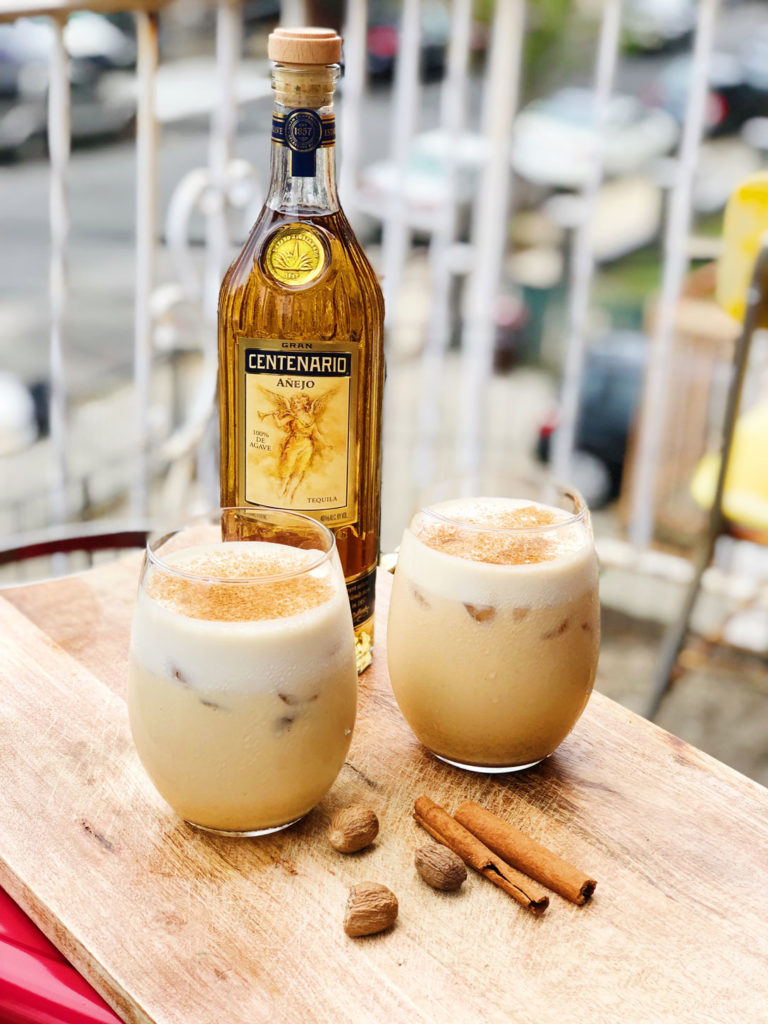
Canela Pumpkin Torito
Ingredients
- 3/4 cup Gran Centenario® Añejo Tequila
- 2 12-ounce cans evaporated milk
- 1 14-ounce can sweetened condensed milk
- 3/4 cup smooth pumpkin puree
- 1 teaspoon vanilla extract
- 1/4 teaspoon ground canela or true cinnamon
- Pinch ground nutmeg
- Pinch ground cloves
- Ice to serve
Instructions
- Place the tequila, evaporated milk, condensed milk, pumpkin puree, vanilla extract, canela or cinnamon, nutmeg, and cloves in the blender and puree until smooth. Transfer to a pitcher, cover and refrigerate until chilled.
- Alternatively, you may pour directly over ice cubes or add some ice cubes to your blender and make it a frappé! In any case, serve very cold.

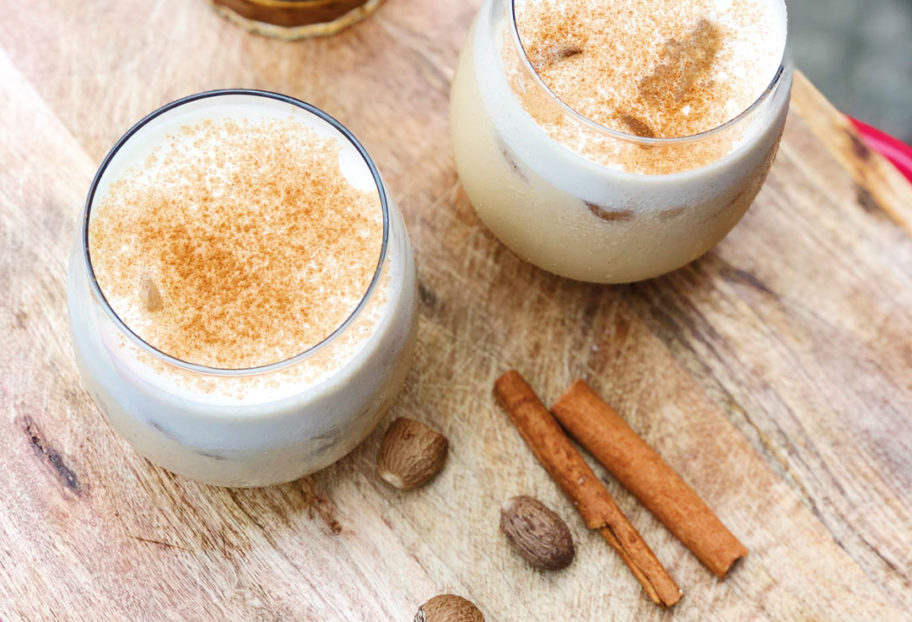
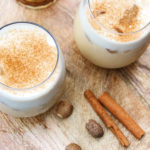
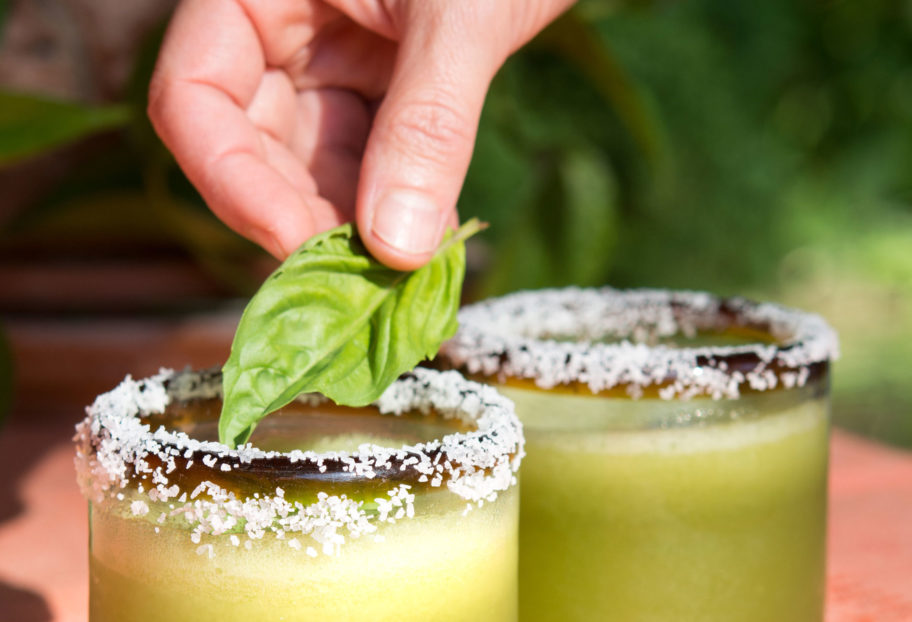
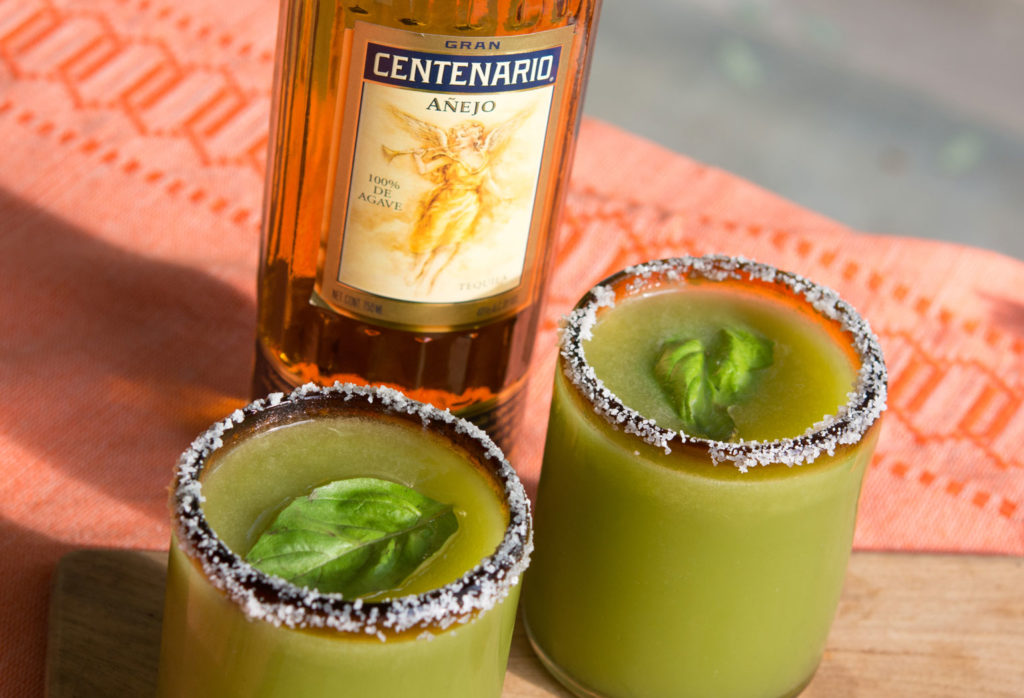
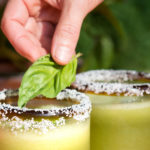



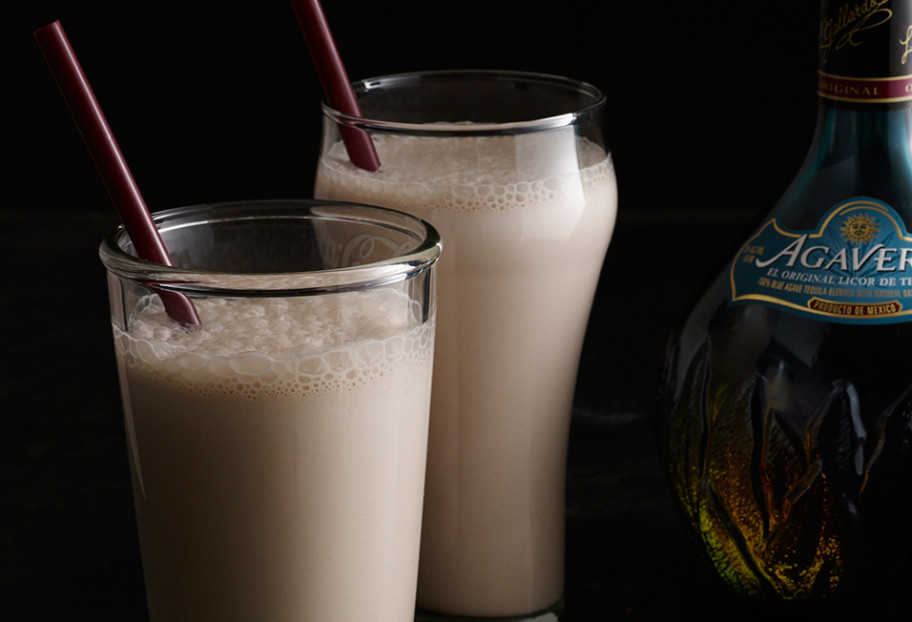

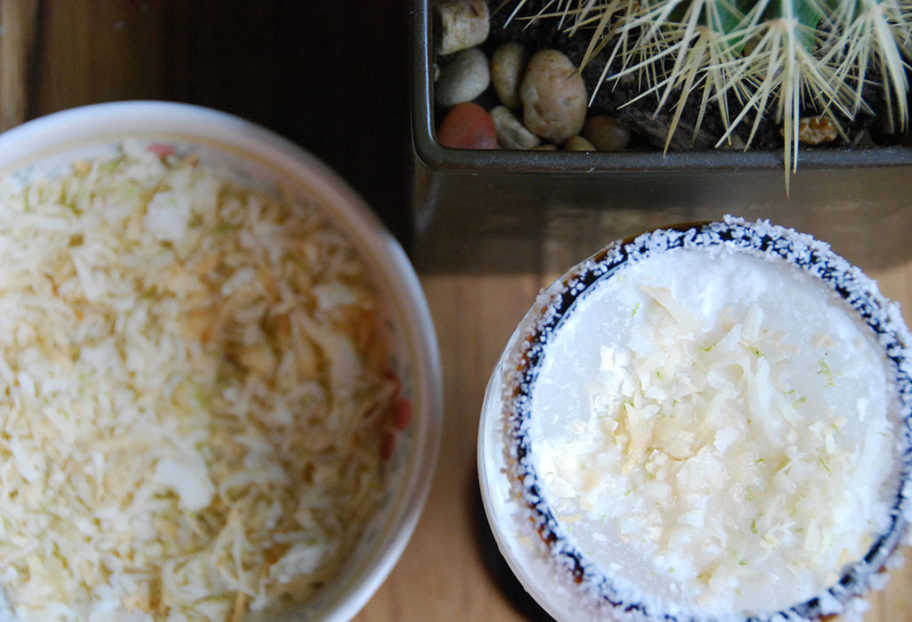
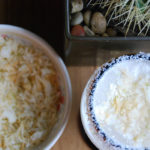
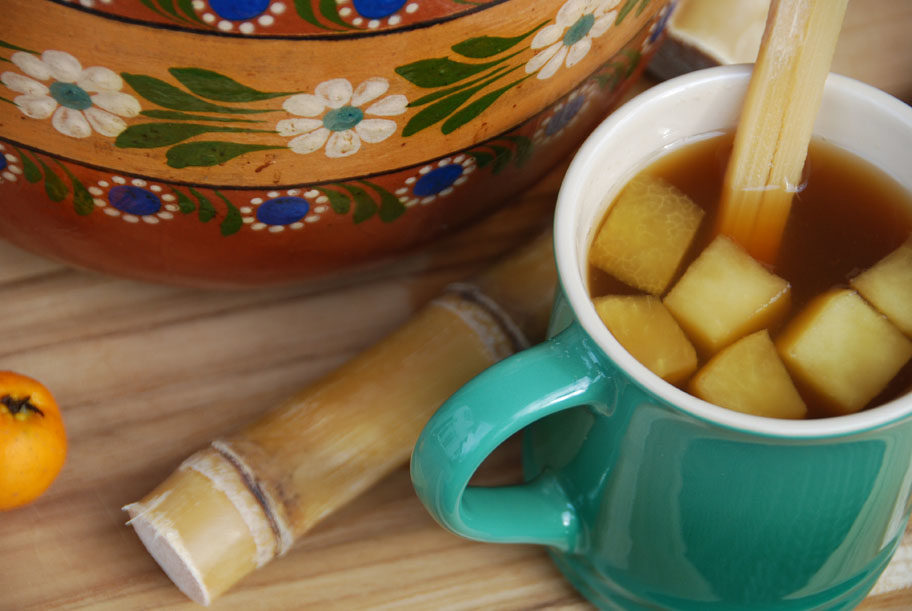
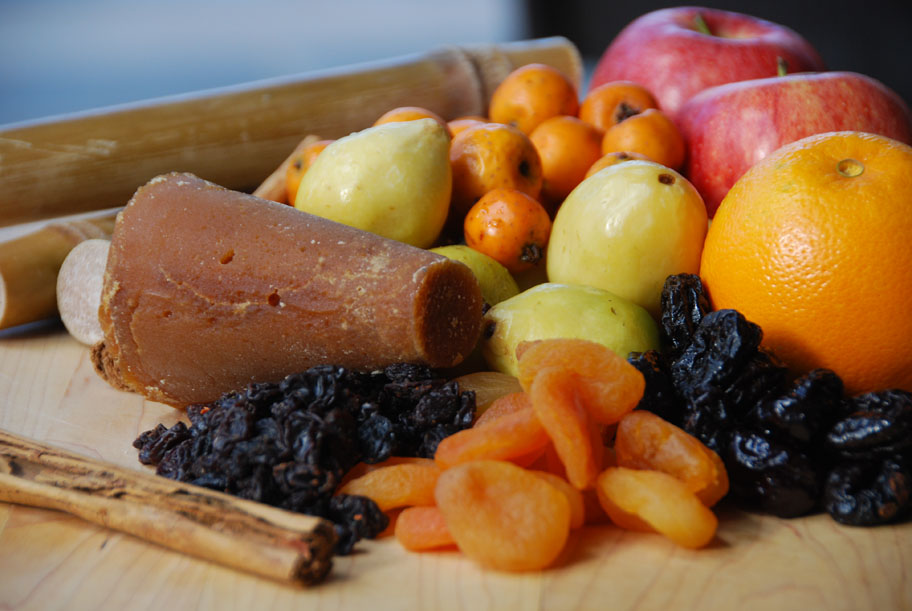
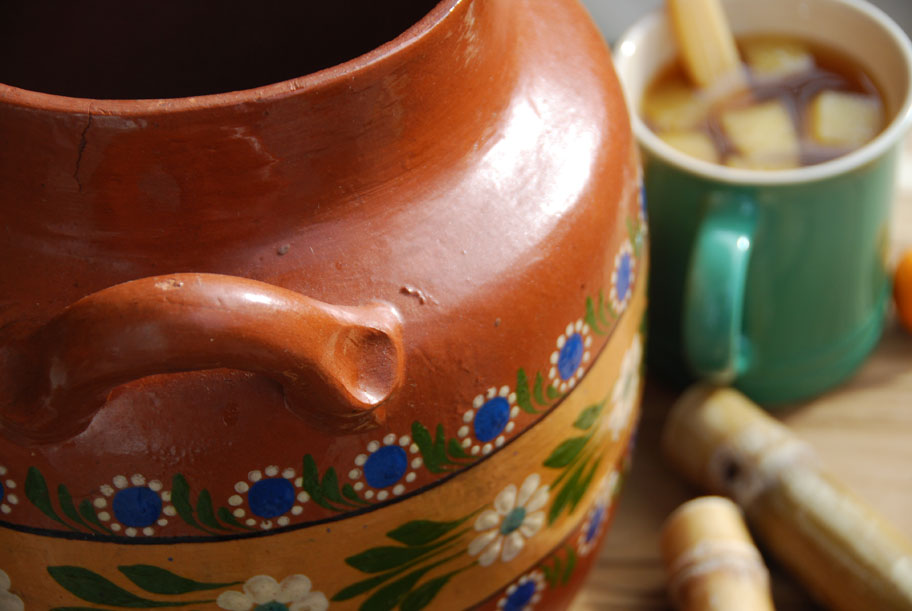
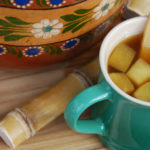
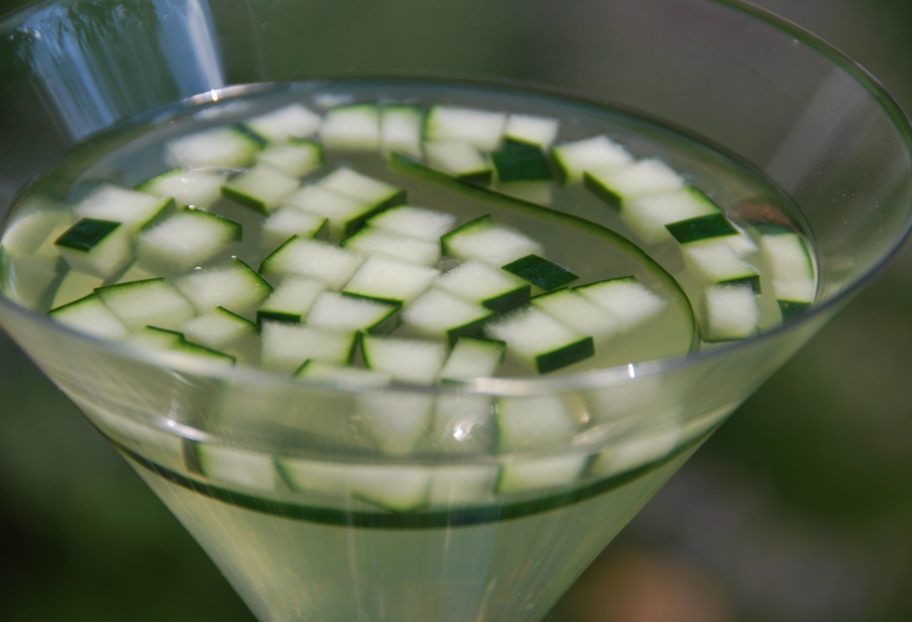
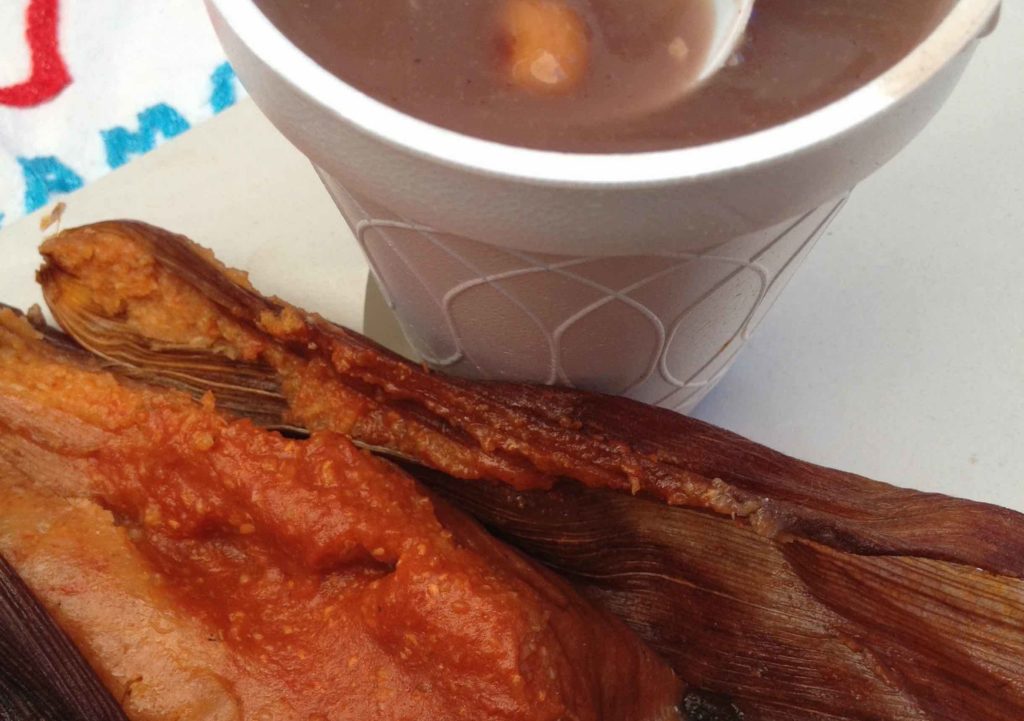
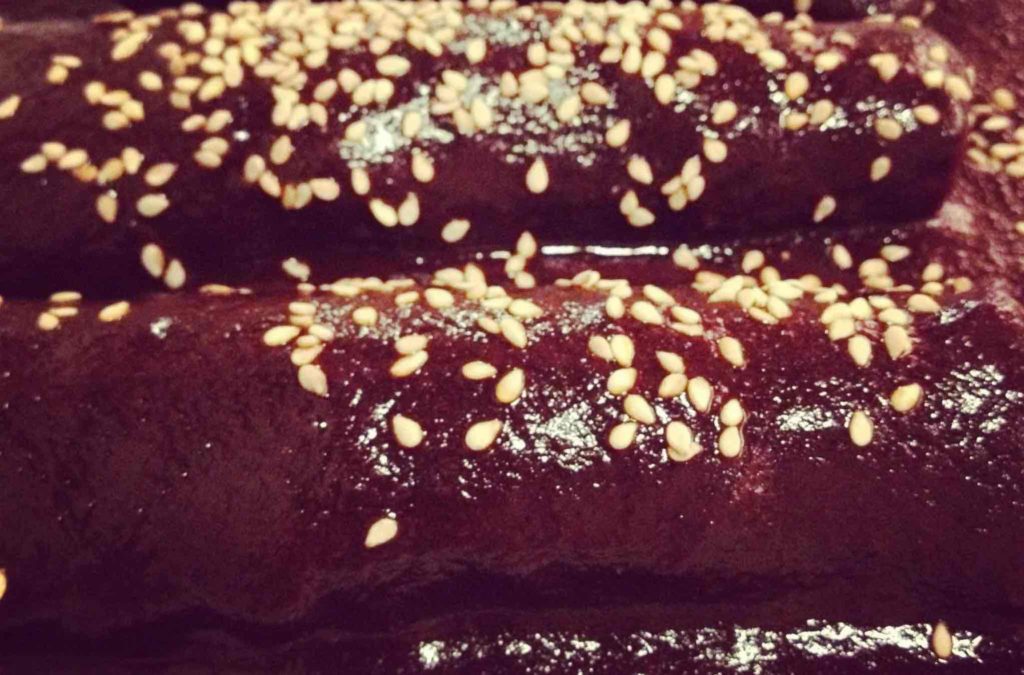

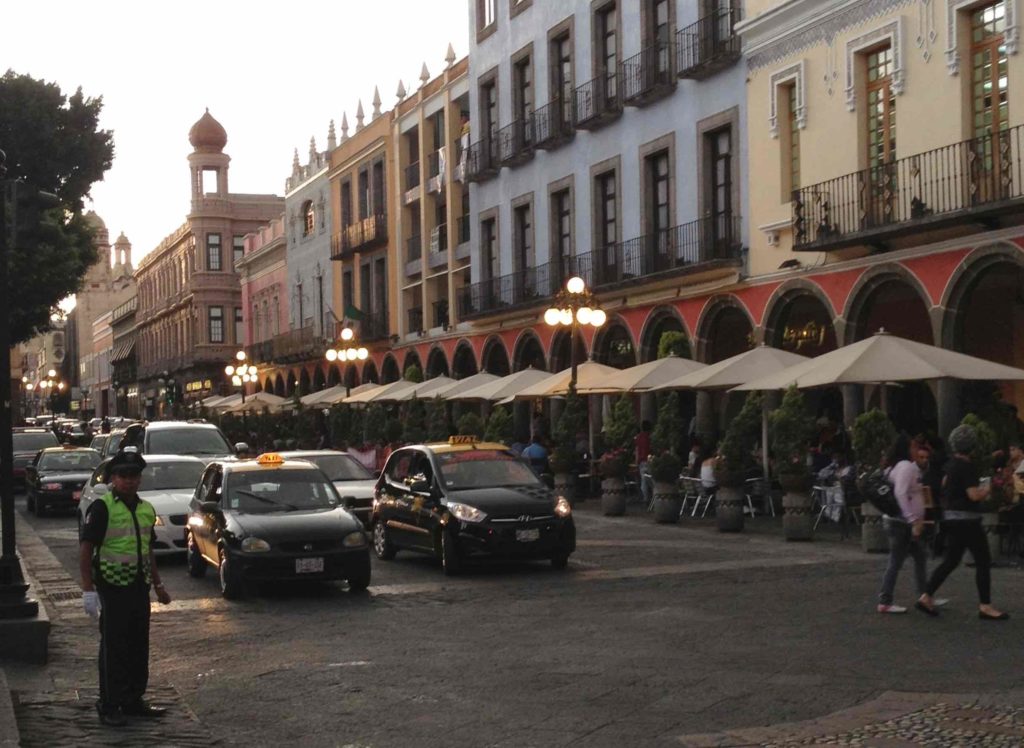


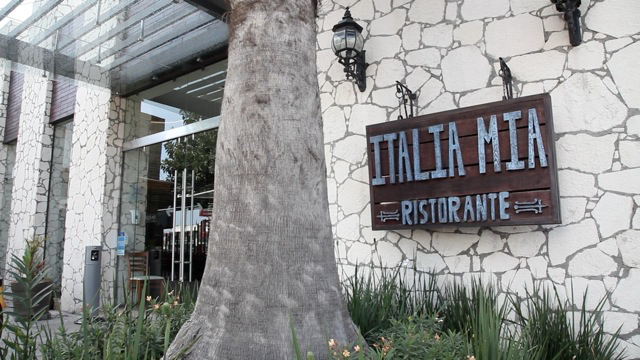
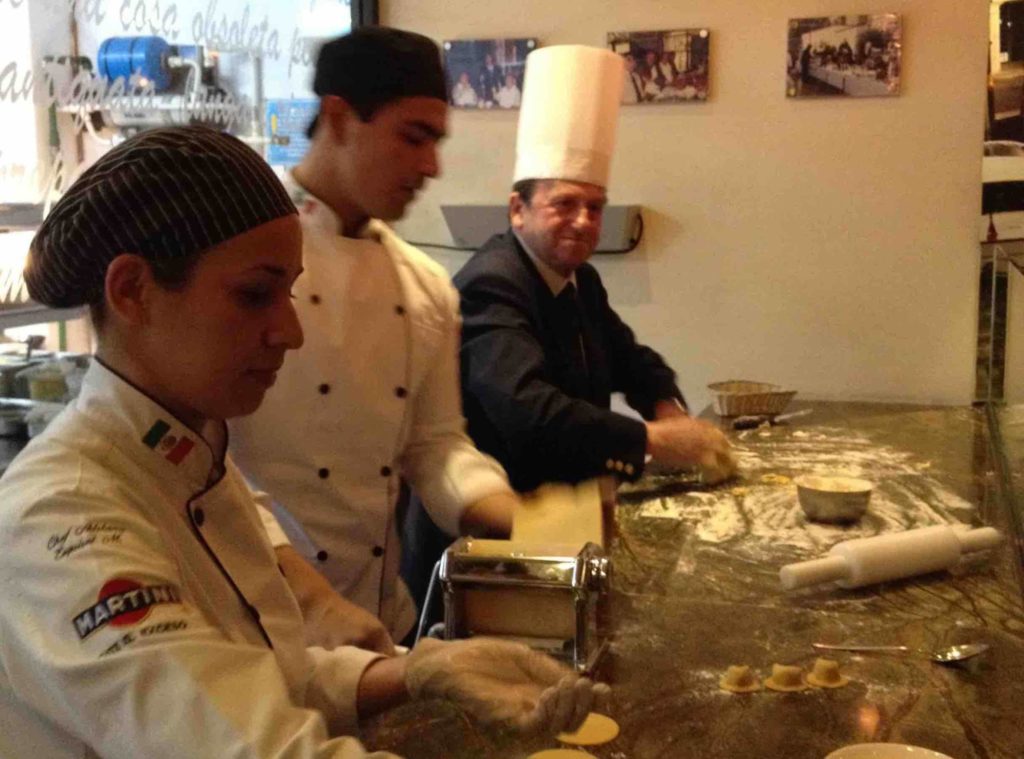

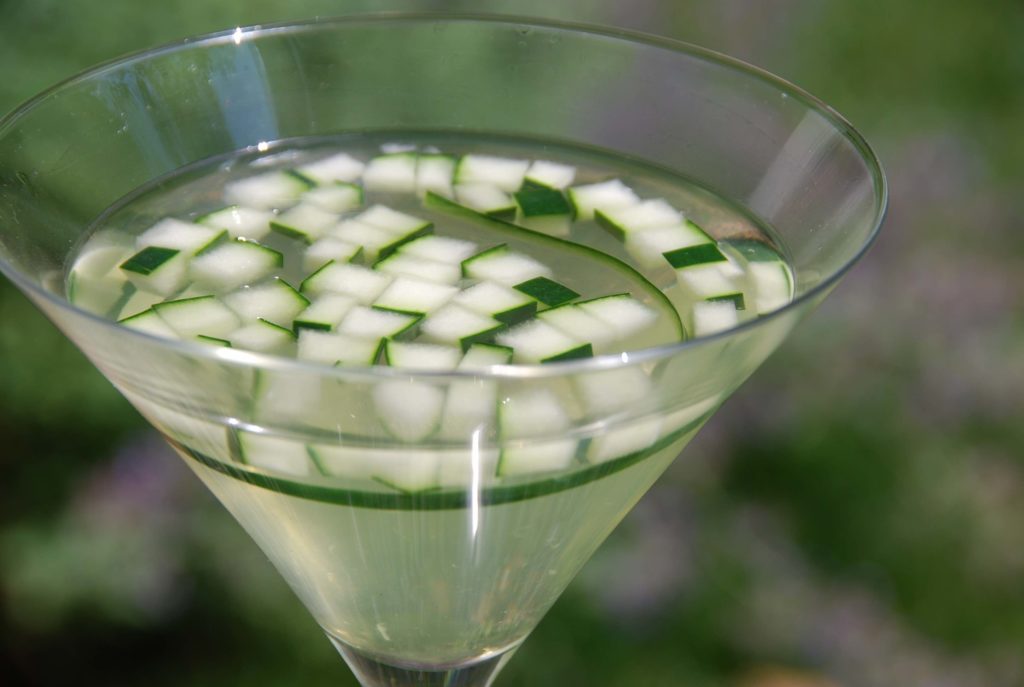
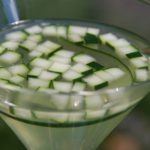
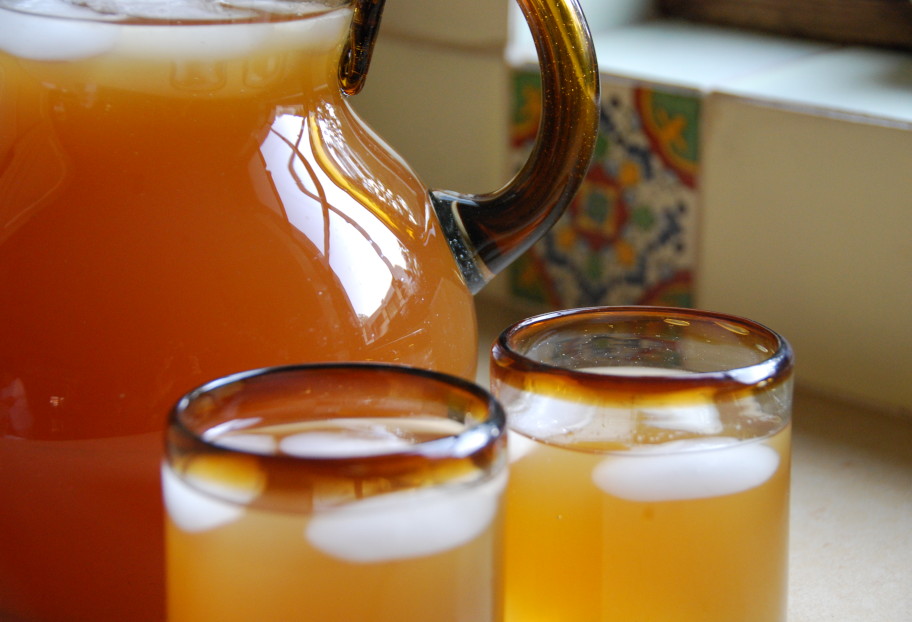
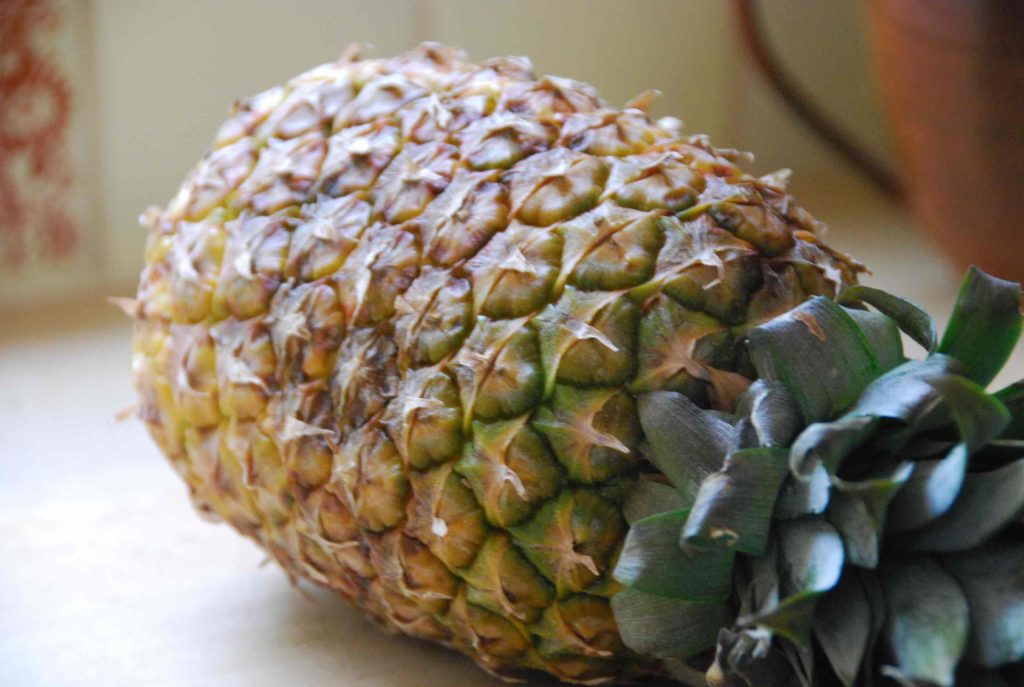
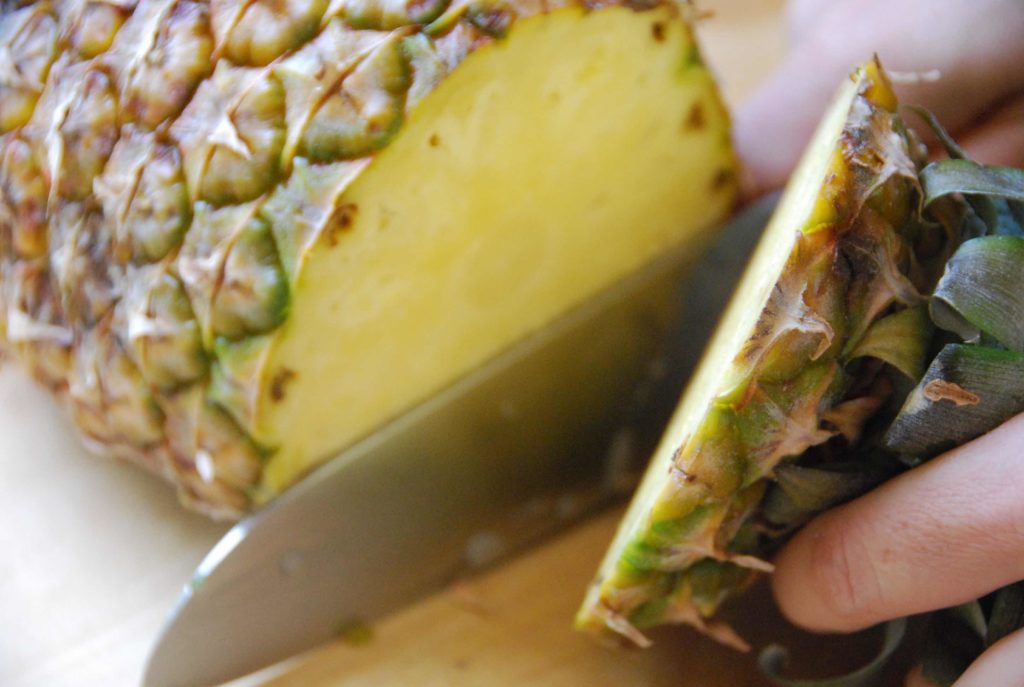
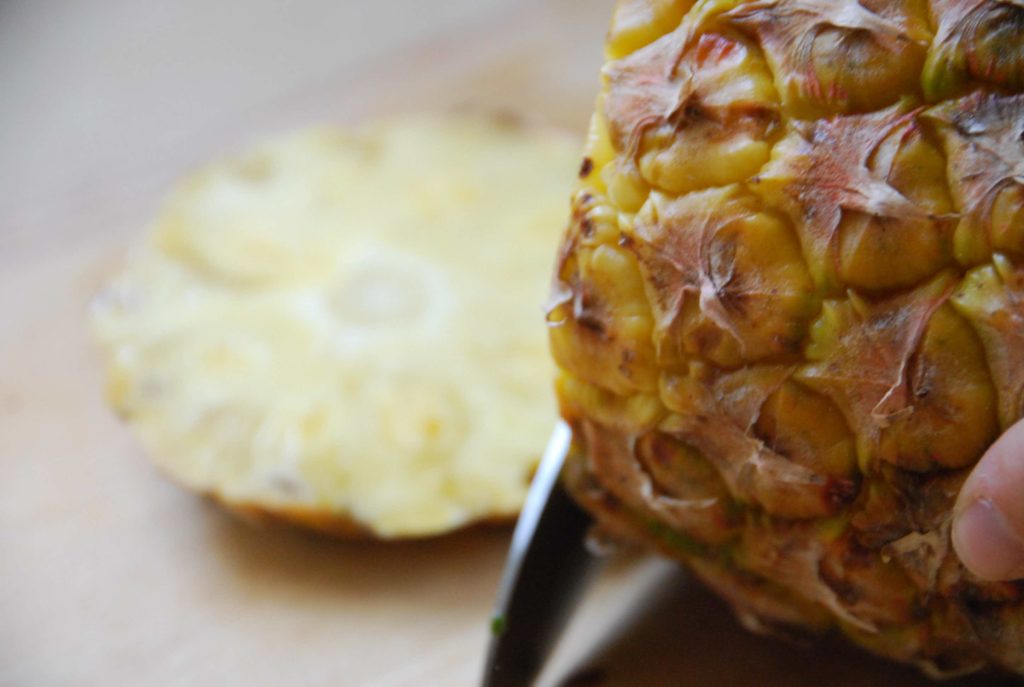

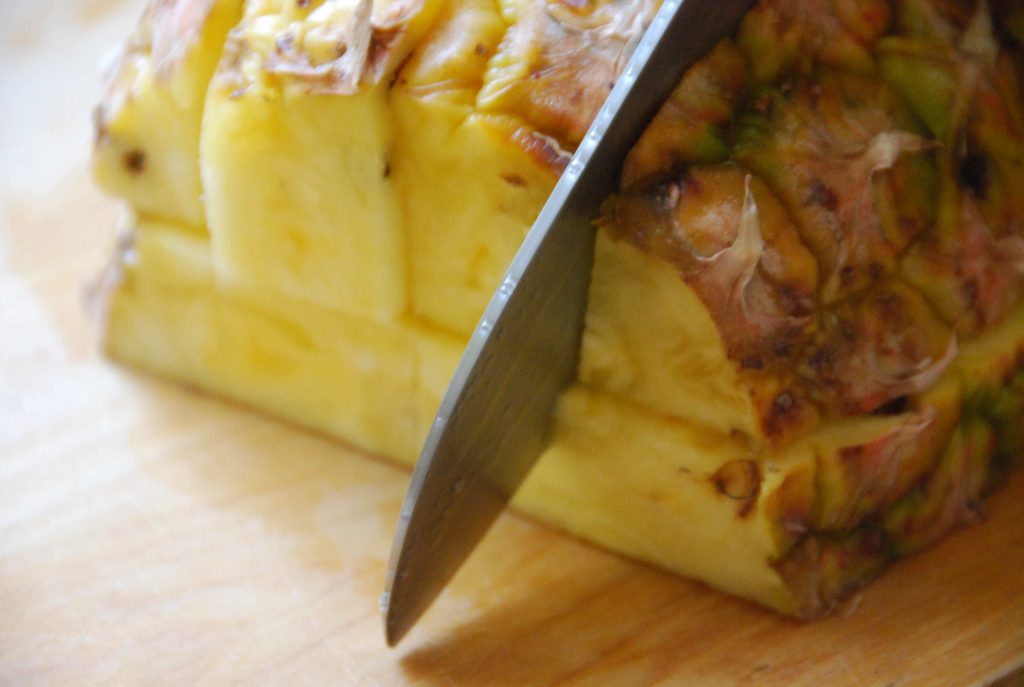
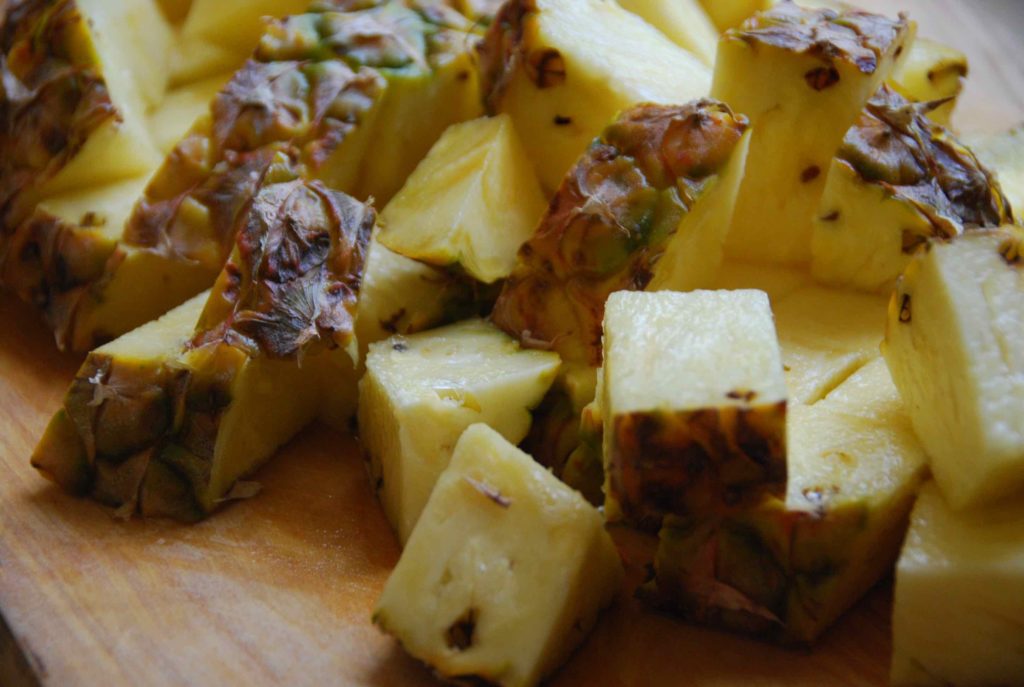

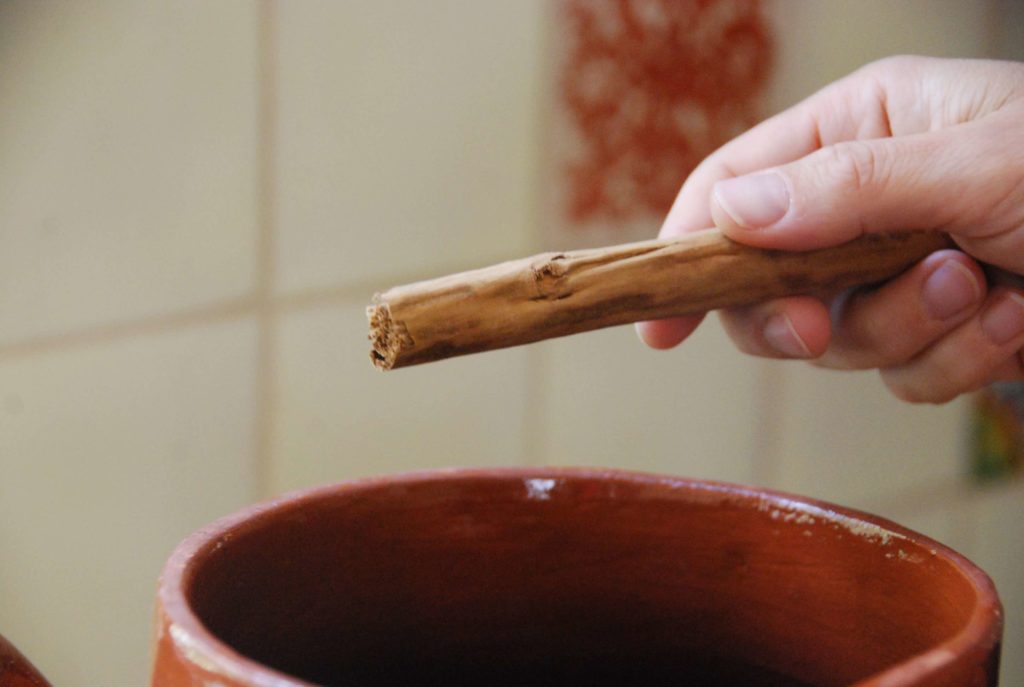
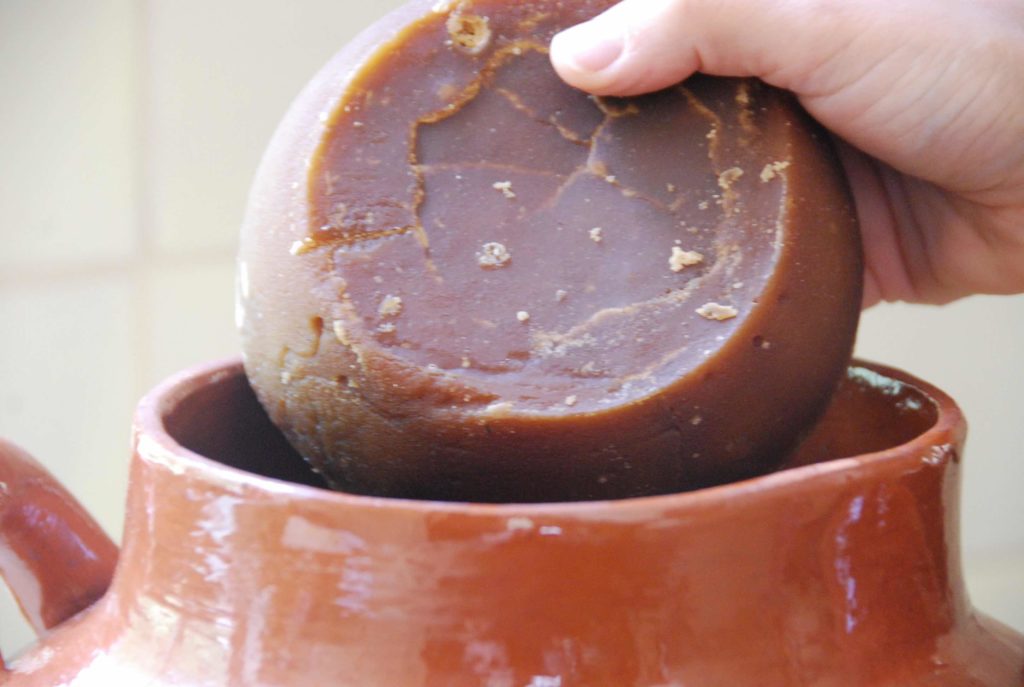
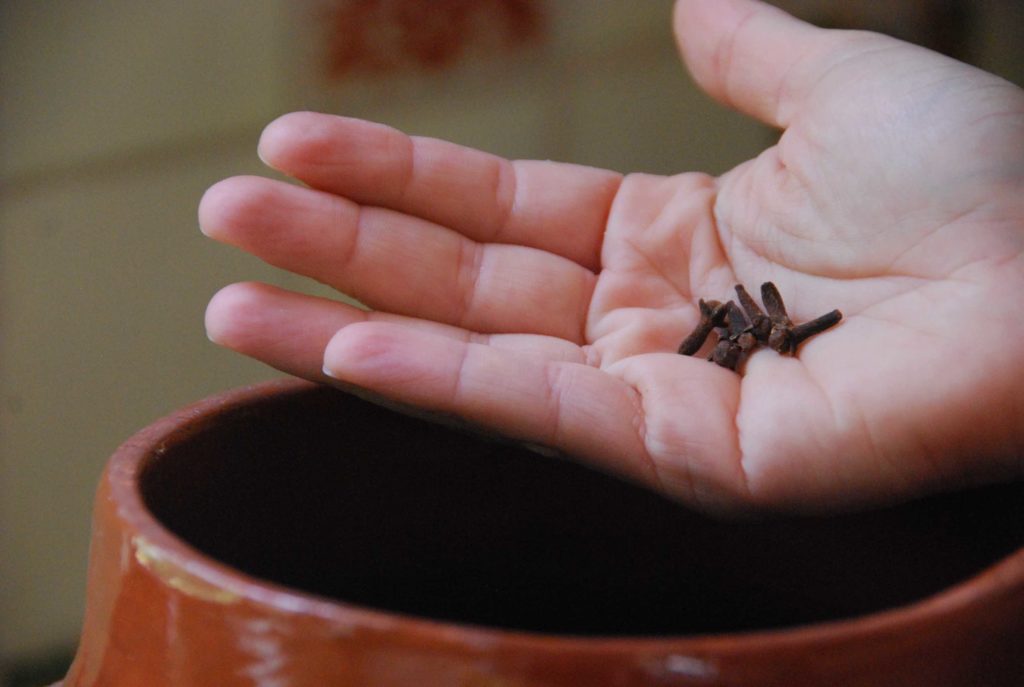
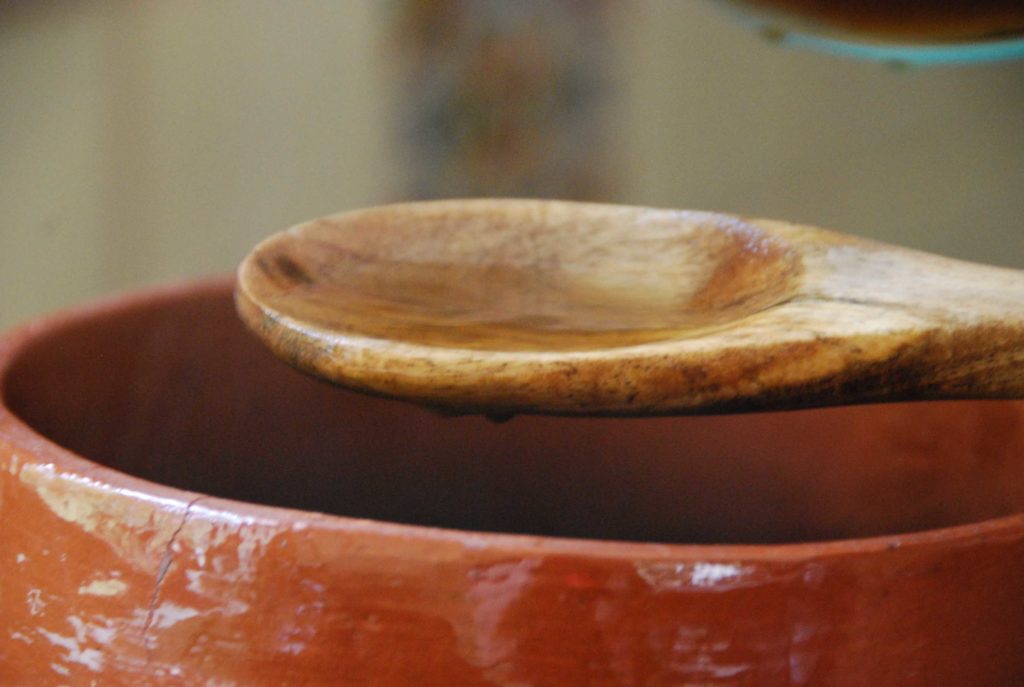
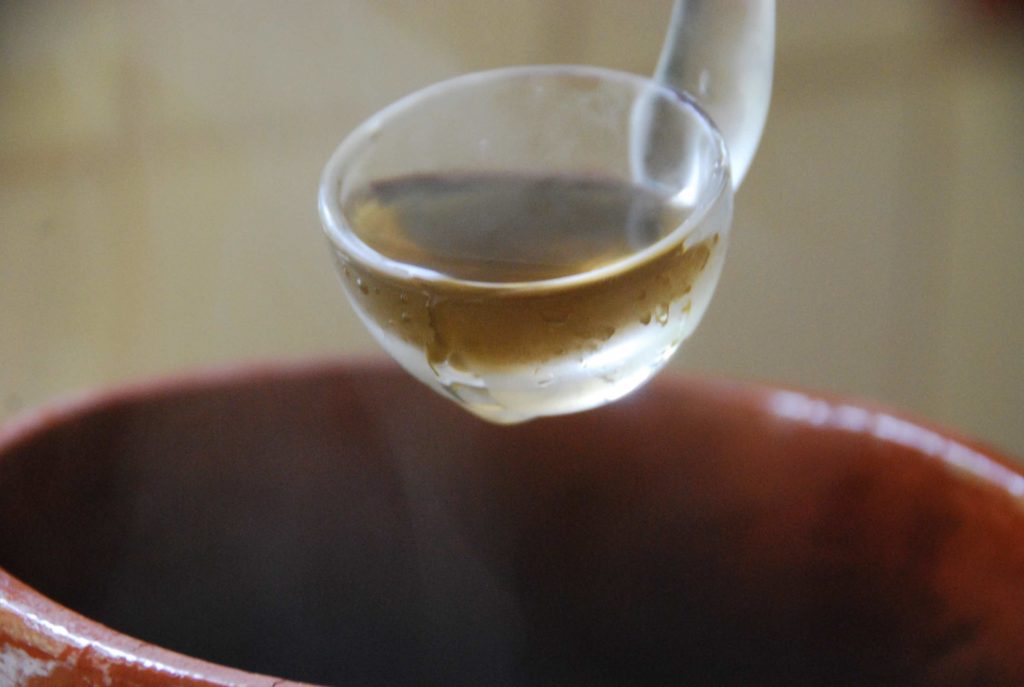
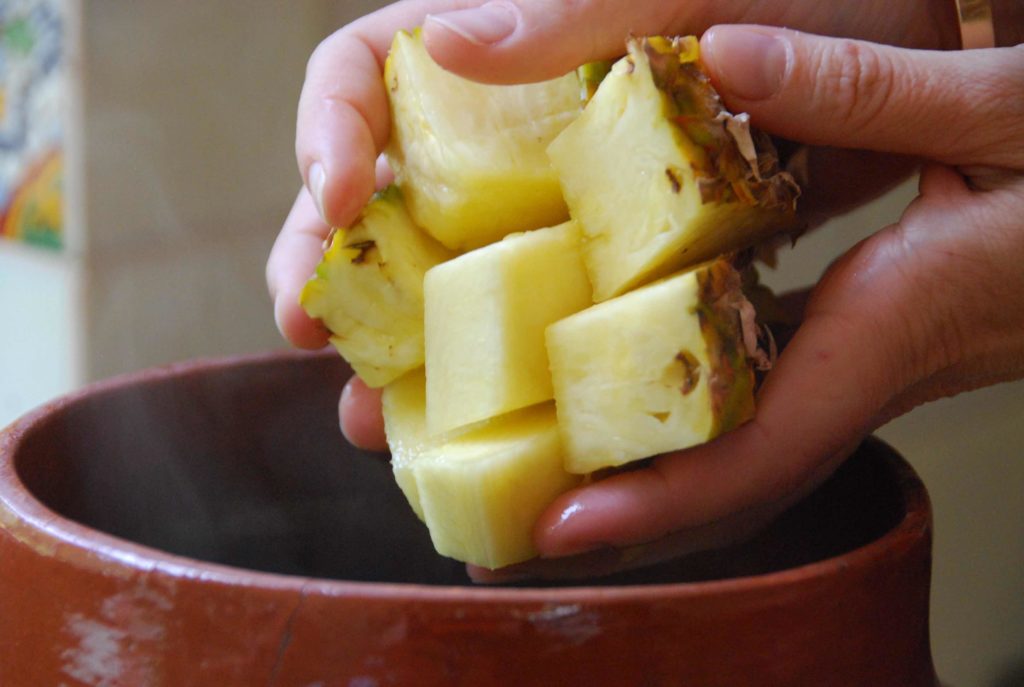
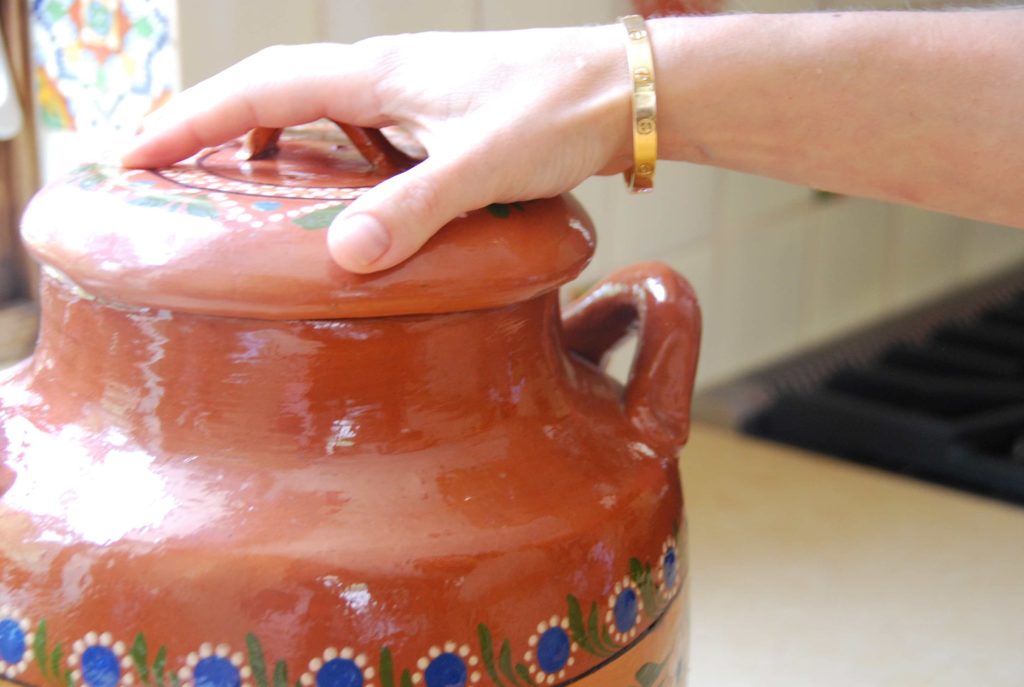
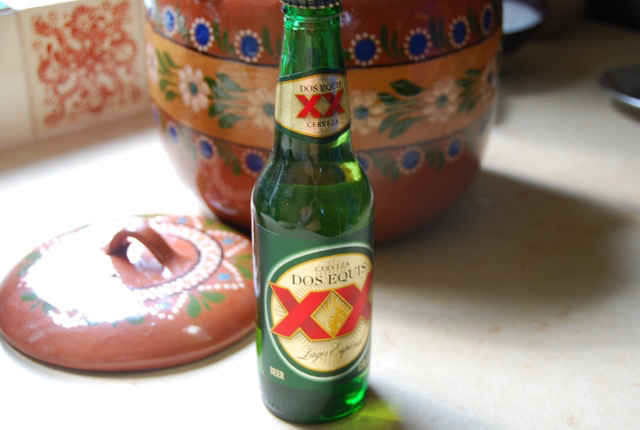
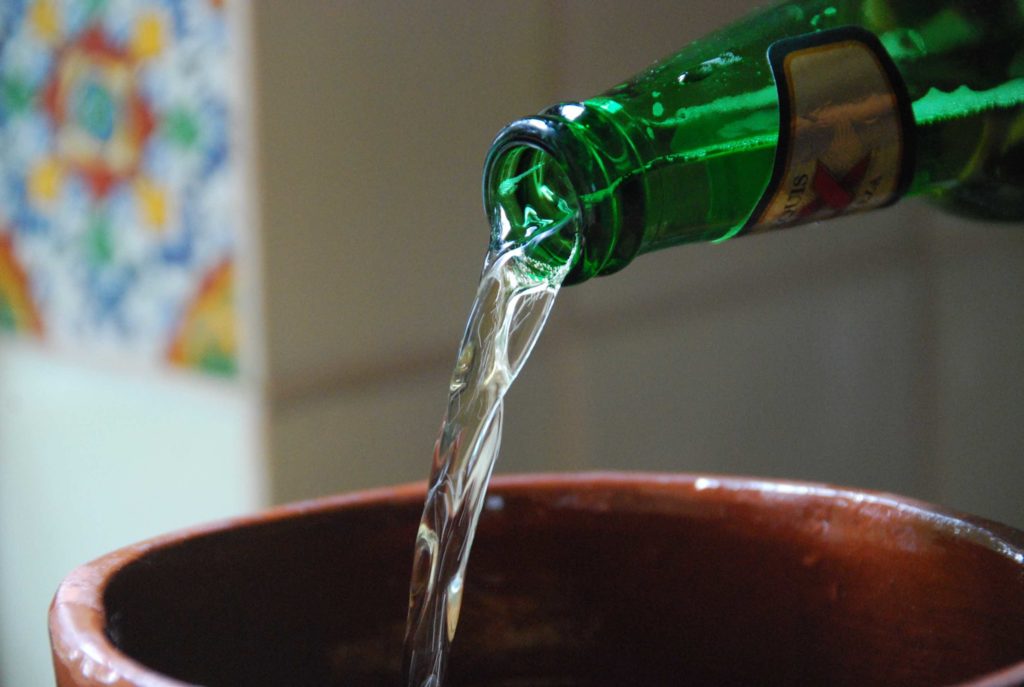
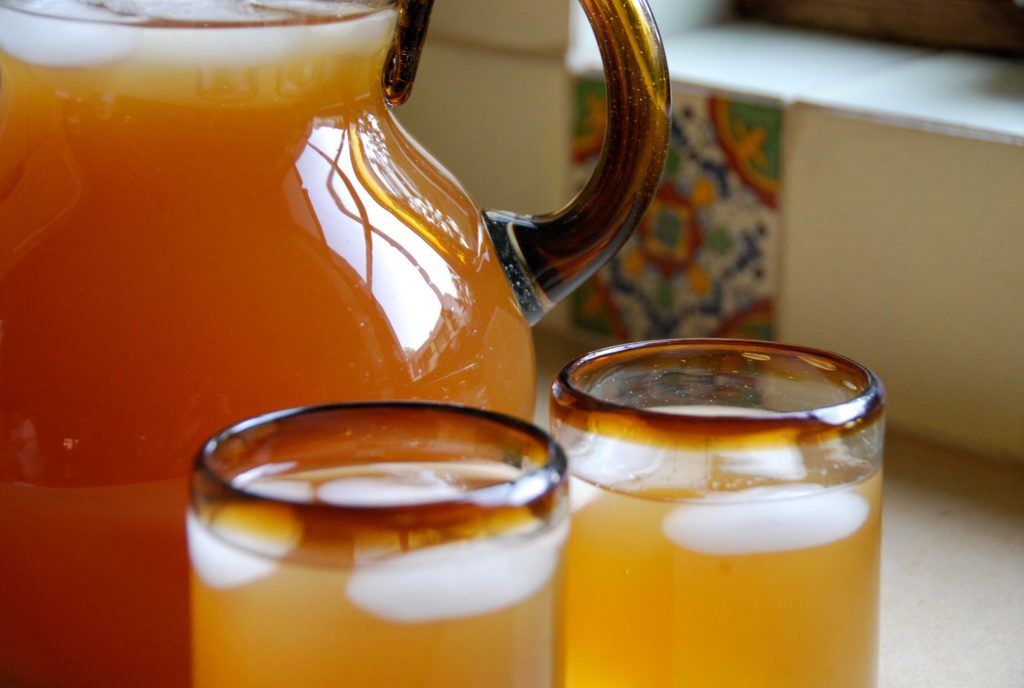
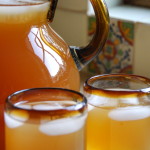
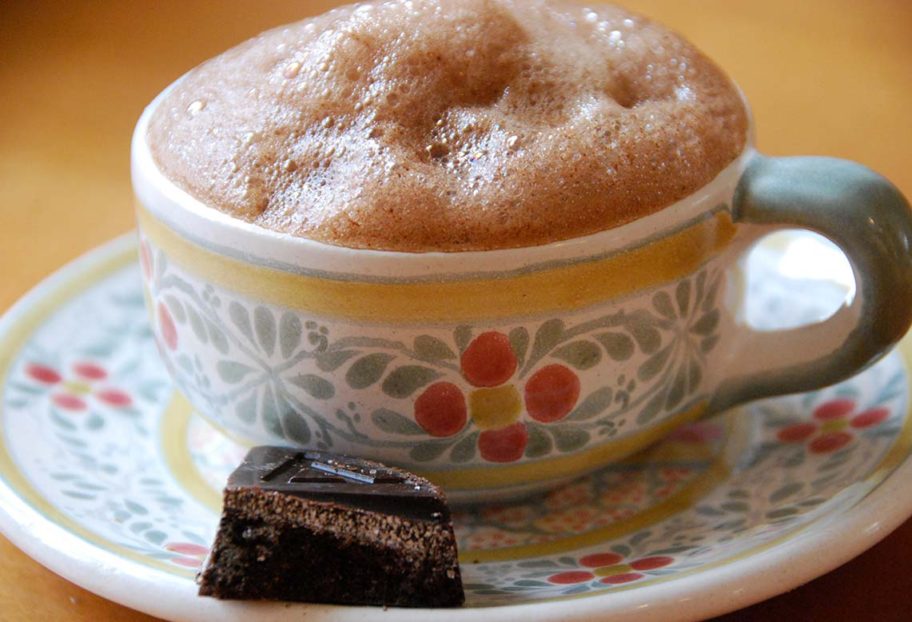

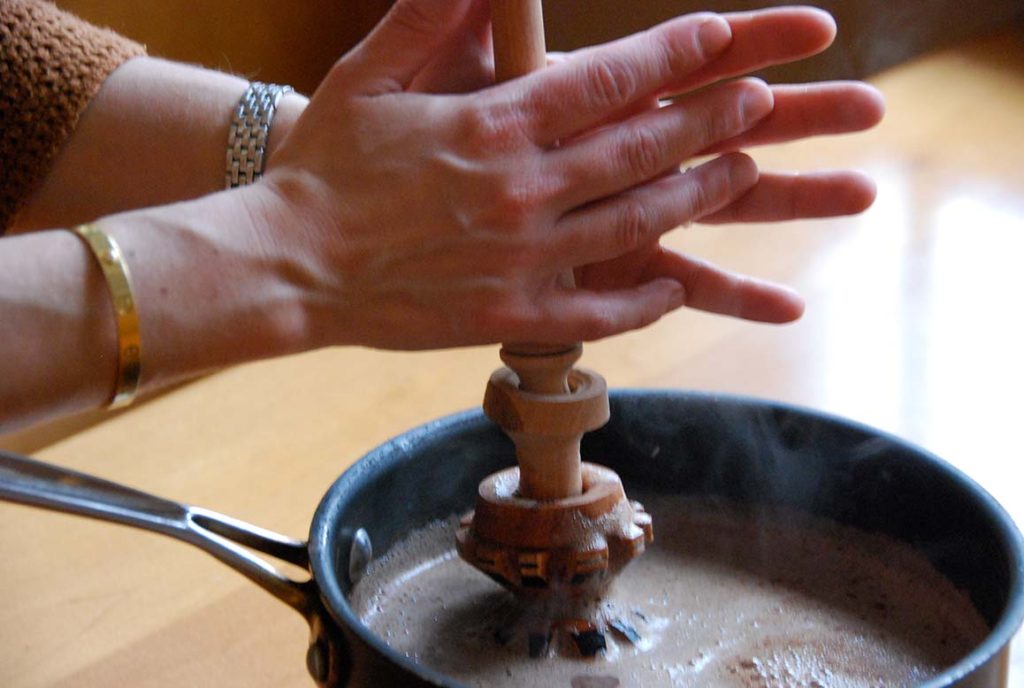
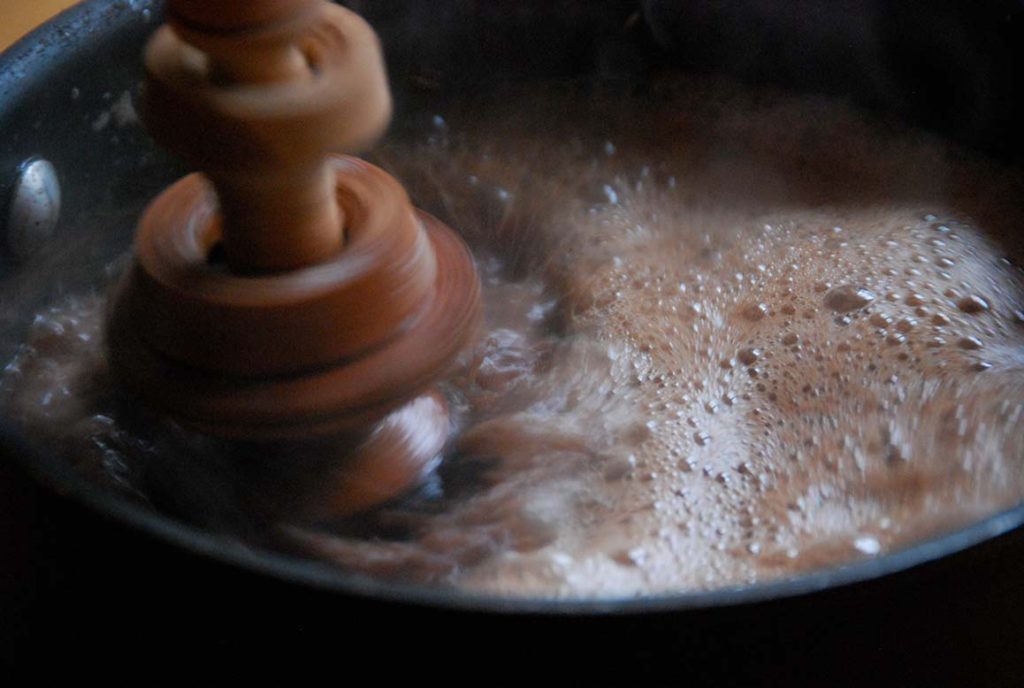
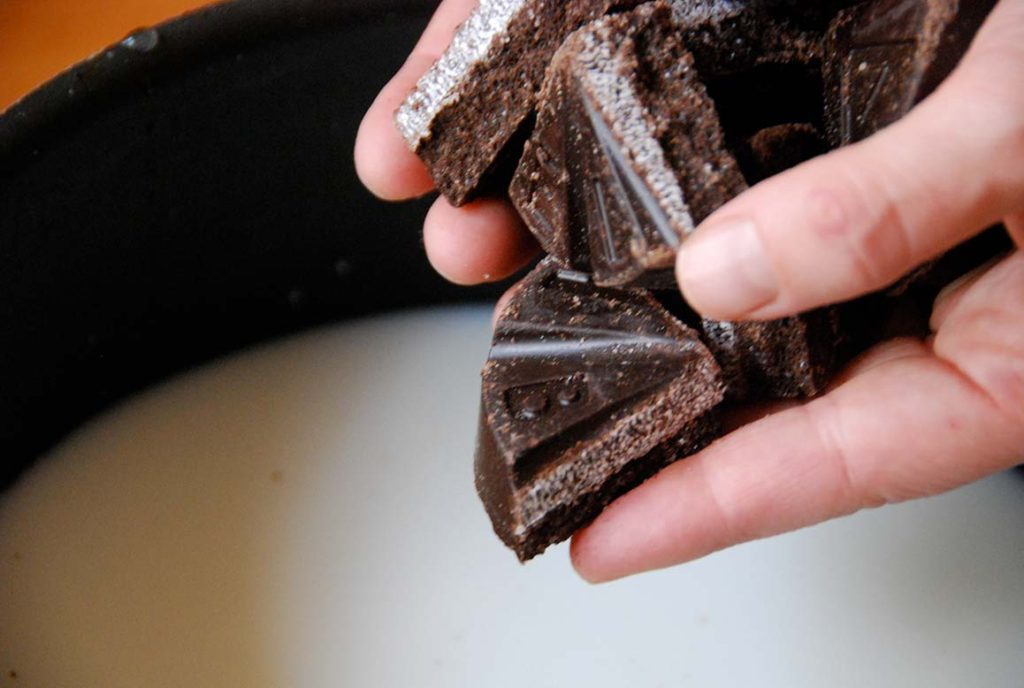
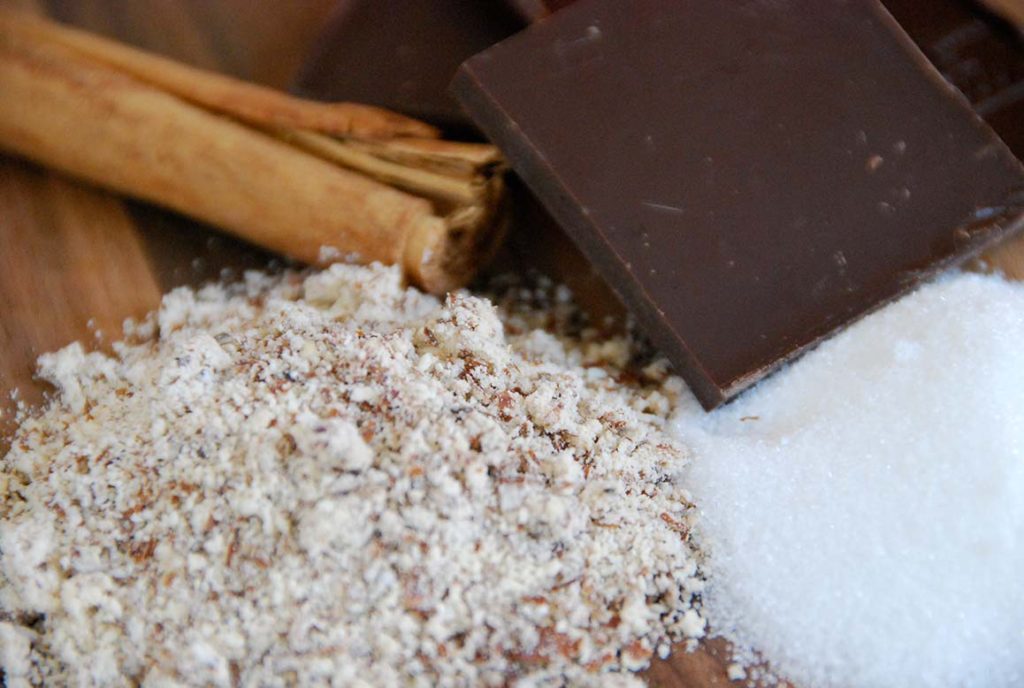
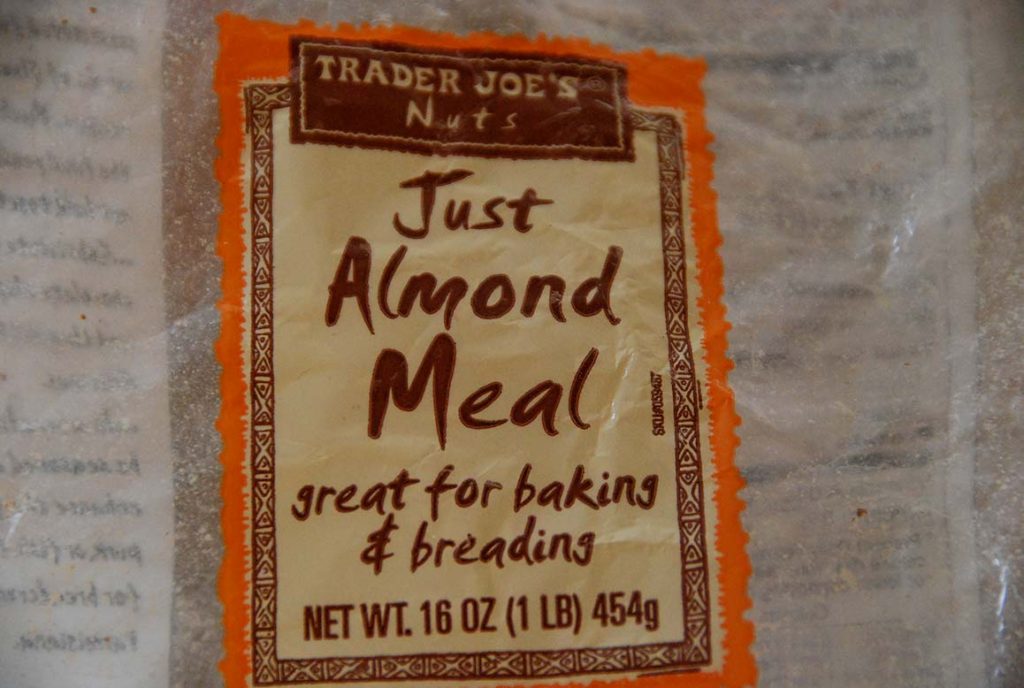
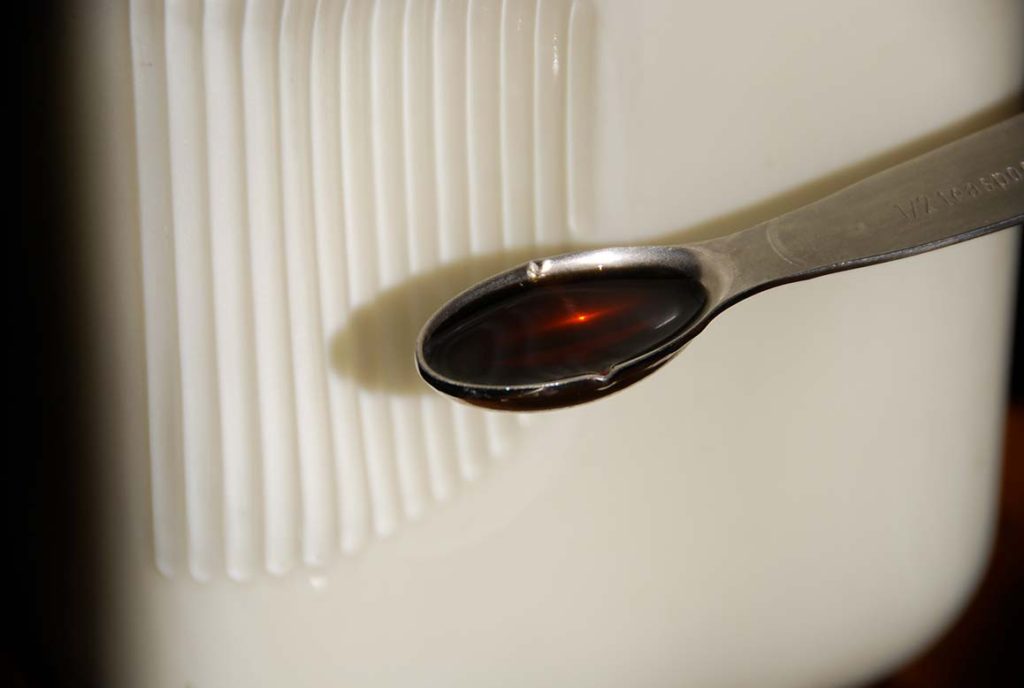
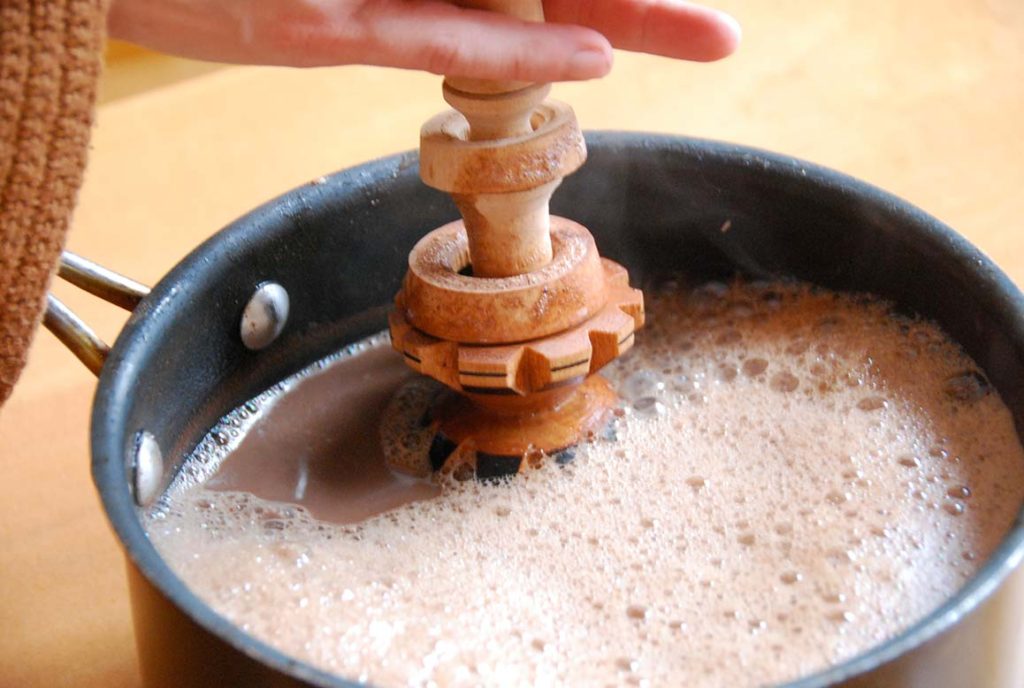
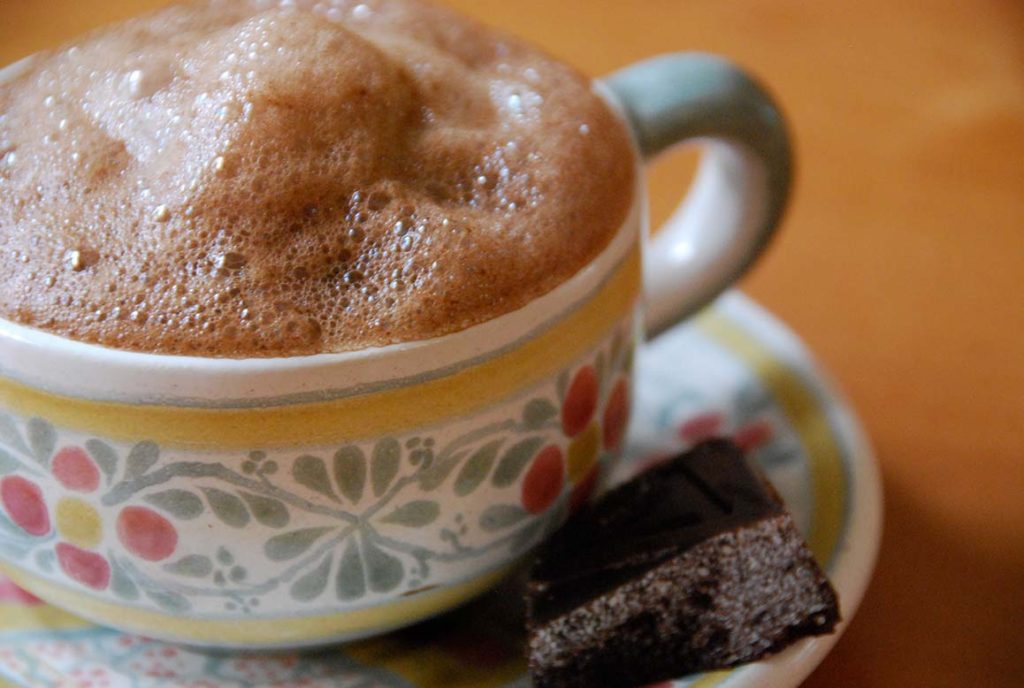
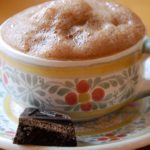
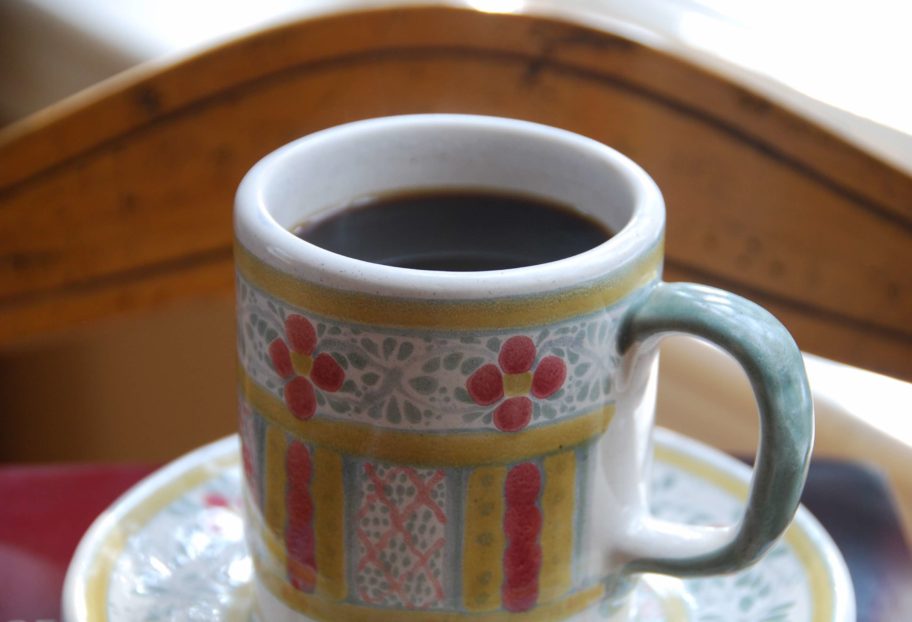
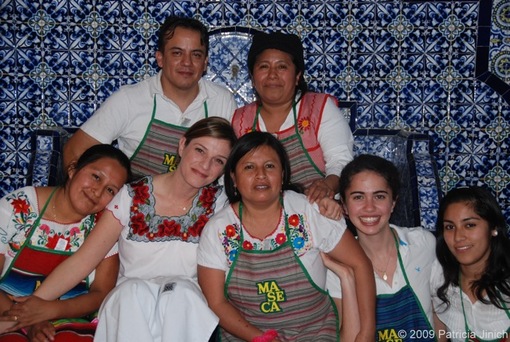
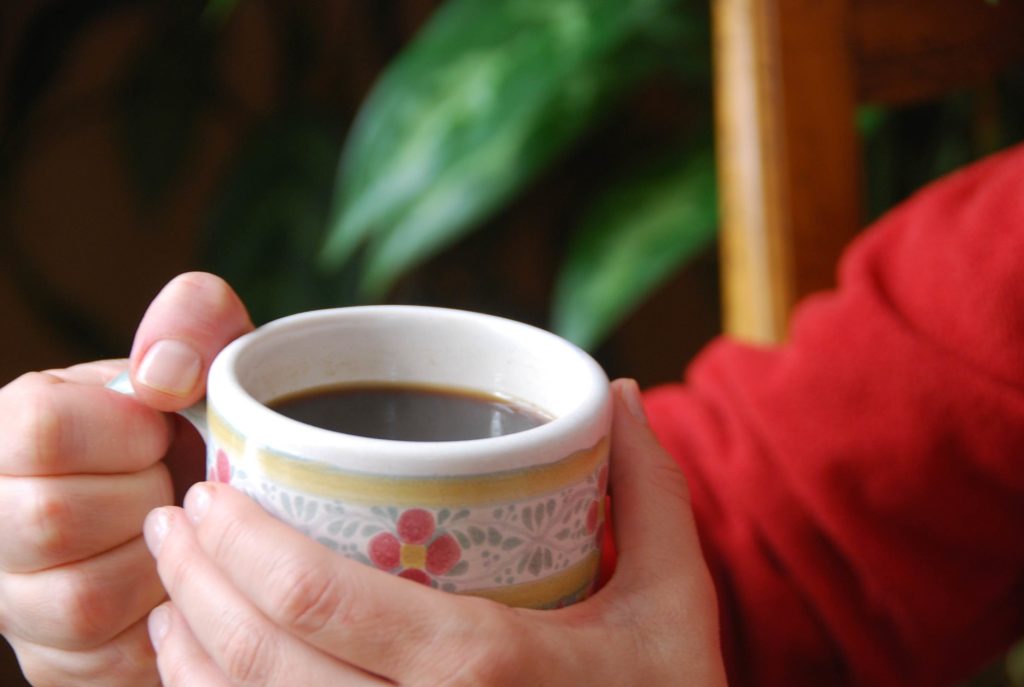

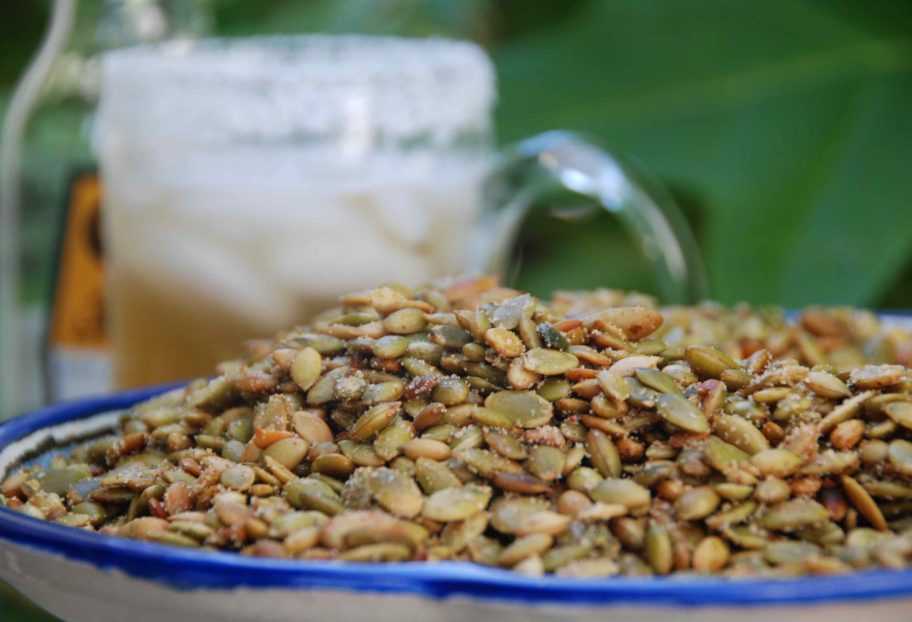
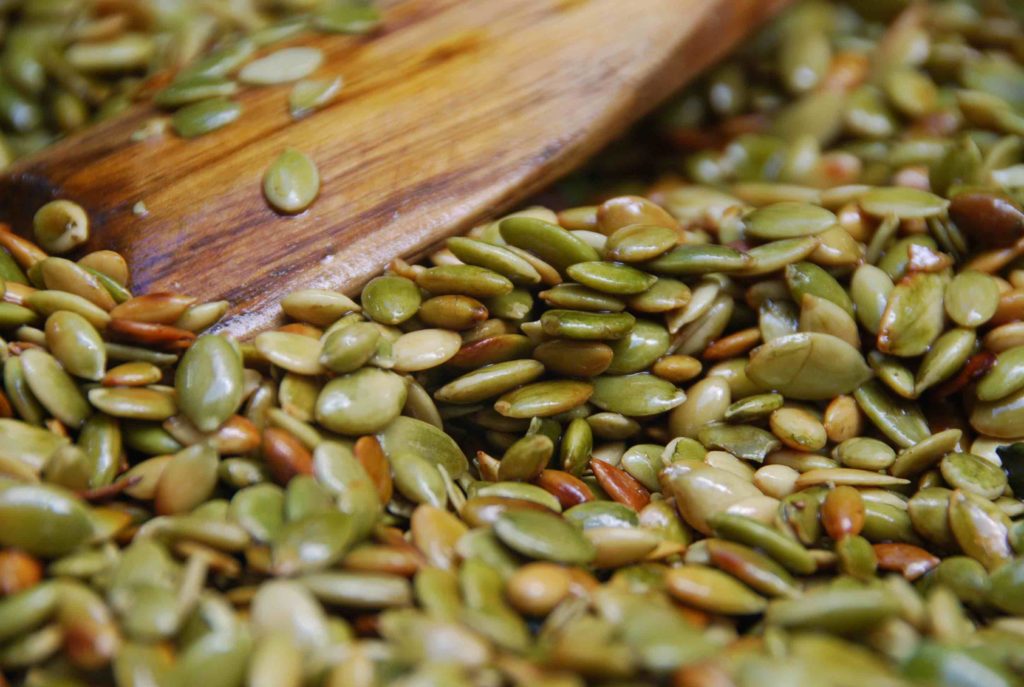 (Pepitas gently frying in my pan, popping and changing from an olive green to a light brown toasted color)
(Pepitas gently frying in my pan, popping and changing from an olive green to a light brown toasted color)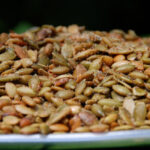

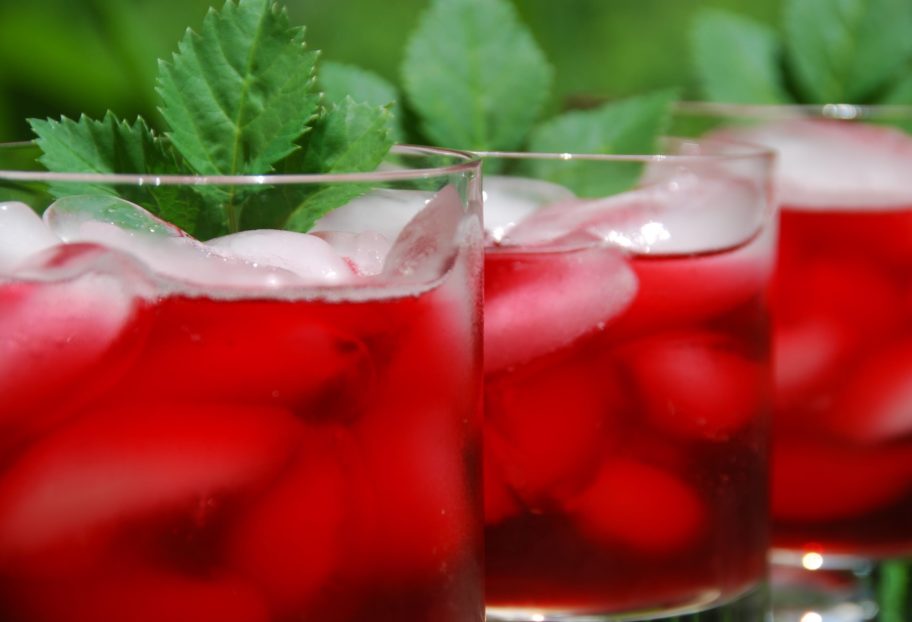
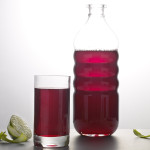
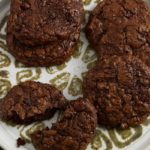
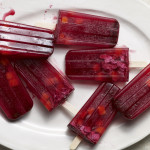

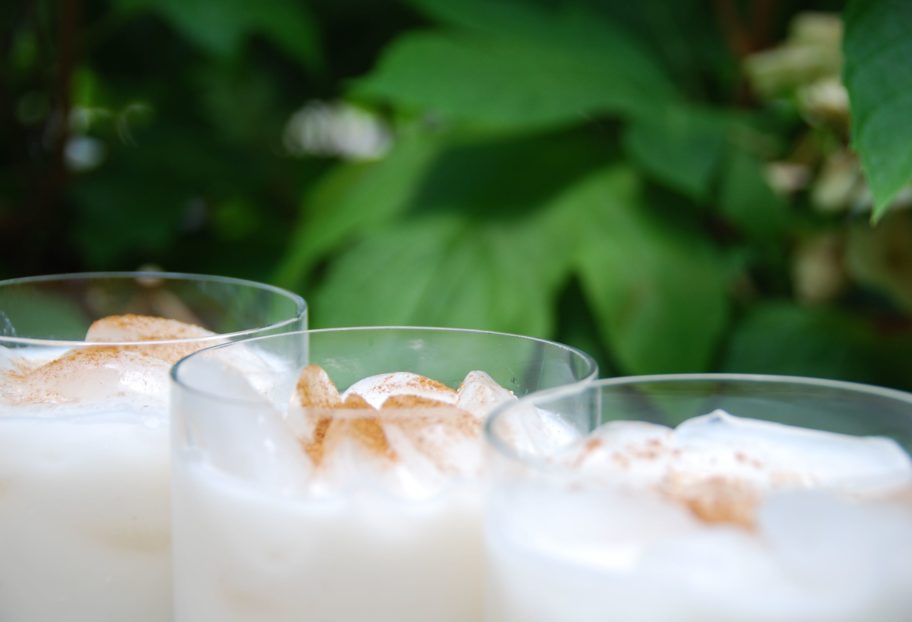
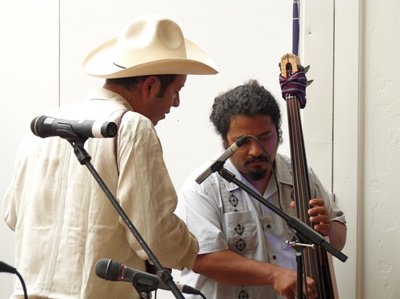 (Members from Son de Madera, getting ready for an outstanding performance)
(Members from Son de Madera, getting ready for an outstanding performance)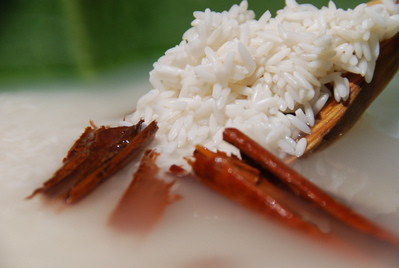 (Rice and cinnamon soaking in warm water, getting ready for an outstanding performance too!)
(Rice and cinnamon soaking in warm water, getting ready for an outstanding performance too!)